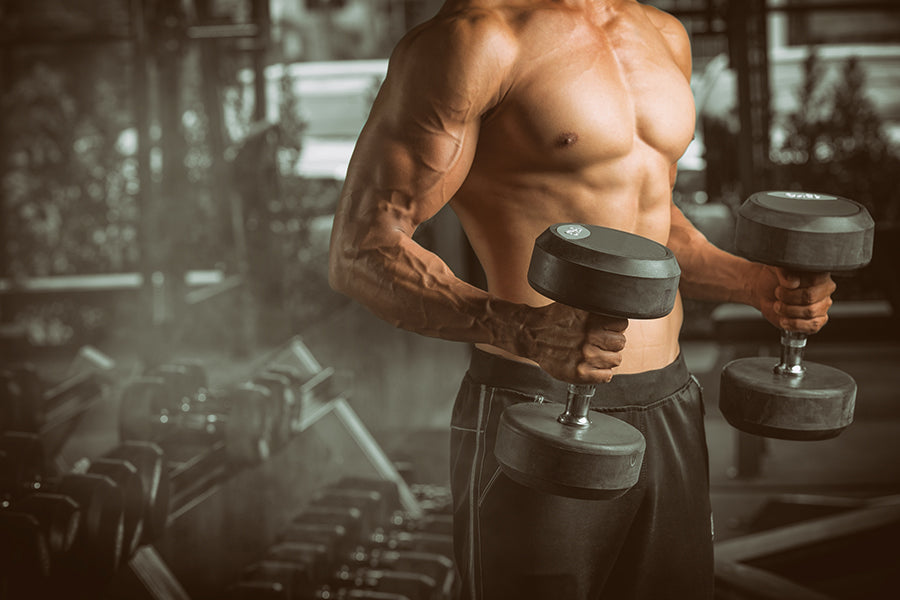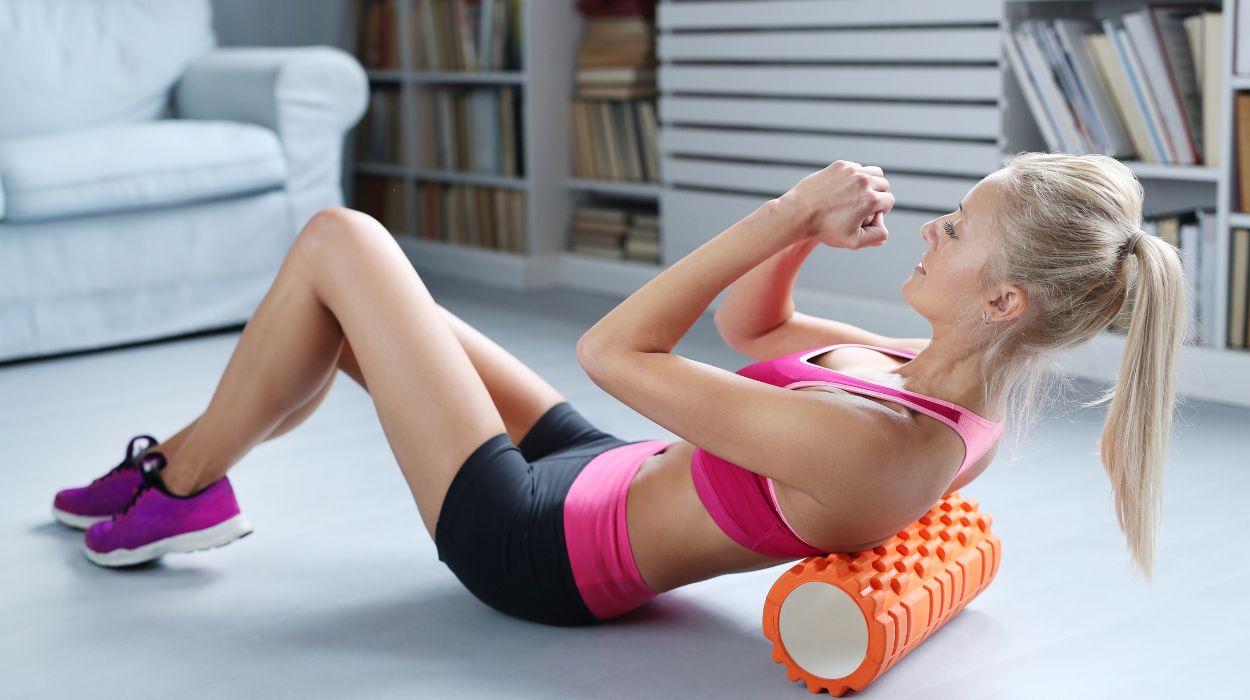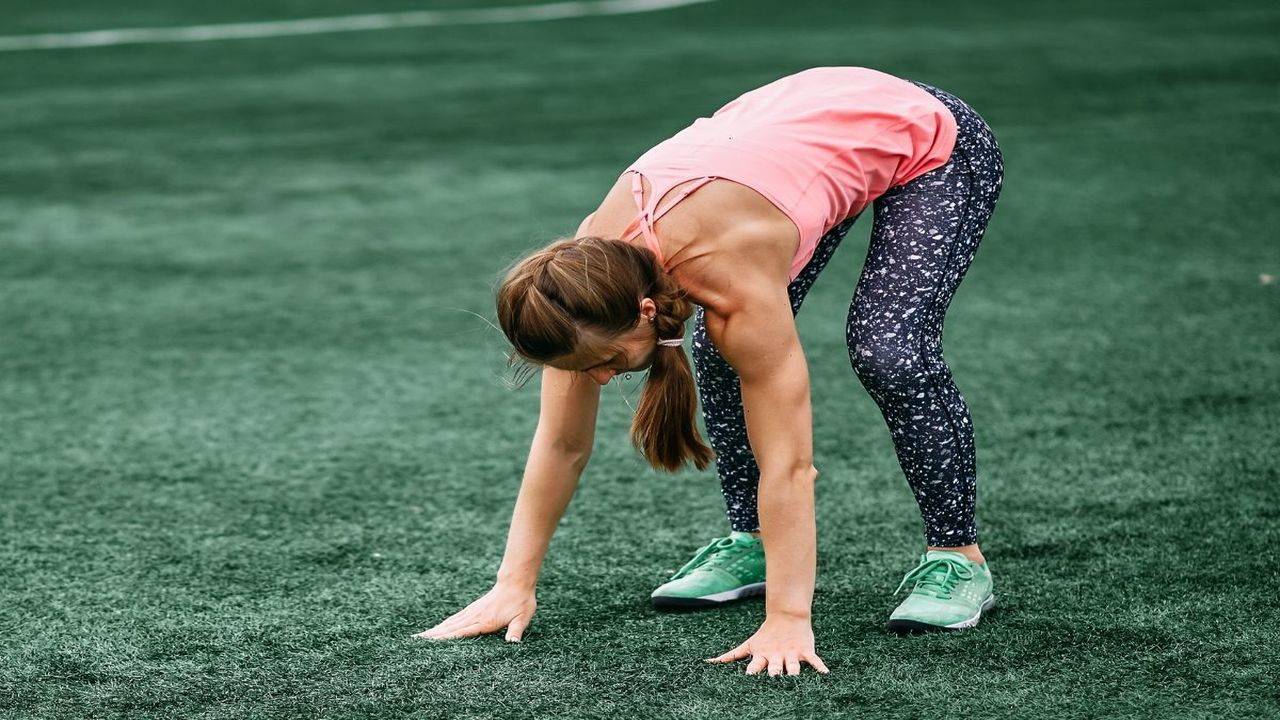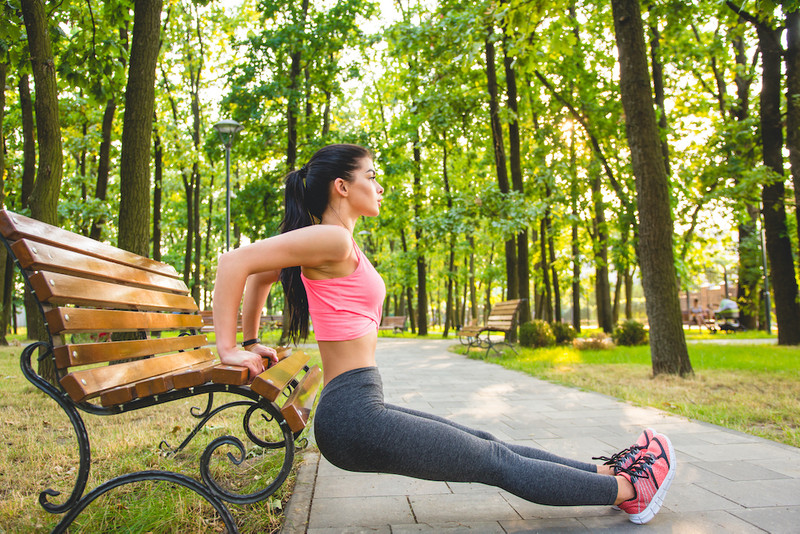If you’ve spent any time around a gym, you’ve definitely heard the word “pump.” Maybe you’ve felt it too — that tight, full feeling when your biceps blow up mid-curl or your chest feels like it might rip your shirt after a big set of bench presses. Some people swear by it. Others shrug it off as just temporary fluff.
So what’s the truth? Is the pump just gym legend — classic bro talk — or does chasing it actually help you build more muscle? Let’s dive in and clear up the facts from the hype. By the end of this, you’ll know if you should chase the pump every workout or if you can forget about it and still grow like crazy.
What Actually Is “The Pump”?
Before we decide if it works, let’s understand what the pump really is. When you lift, your muscles contract and squeeze blood vessels. Between sets, that blood flows back in — but more comes in than leaves right away. The result? Blood and fluid flood your muscle cells, making them swell. That swelling makes you look and feel bigger, and it also brings along extra oxygen and nutrients.
So the pump is mostly increased blood volume, fluid, and a buildup of metabolic byproducts like lactate. That’s why your muscles feel tight, hot, and look more “puffy” after a few sets.
Why Do Lifters Love It So Much?
It feels amazing, plain and simple. Ask any seasoned lifter — the pump gives you a mental high. You feel like your arms doubled in size. Your veins pop. Your T-shirt hugs your sleeves. If you’re feeling flat and then get a good pump, your confidence skyrockets for the day.
But beyond the ego boost, there’s the idea that this pumped state triggers extra muscle growth. And that’s where the debate begins.
What Does Science Say About The Pump?
Good news for all the bros out there: the pump is not total nonsense. Research shows that the metabolic stress from higher-rep, pump-focused sets can help build muscle. Here’s how:
- Cell Swelling: When your muscles swell up with fluid, your body reacts by strengthening the cell walls and growing them to handle the stress. Basically, your body thinks, “This muscle keeps blowing up — better make it bigger to handle the pressure.”
- Metabolic Stress: The pump is linked to metabolic stress — the burning sensation you feel when doing high reps or short rest. This stress causes your body to release growth factors and signals to build more muscle fibers.
- Time Under Tension: Pump training often means longer sets, slower reps, and minimal rest. All this extra time under tension is a proven driver for hypertrophy.
So chasing the pump does have a place — but it’s not the whole picture.
Is The Pump Enough On Its Own?
Here’s the catch: a pump by itself does not guarantee growth. You can swing light dumbbells around, chase a burn, and get a nice pump — but if you never progressively overload the muscle with heavier weight, you’ll eventually stall.
You need two things for real muscle growth:
- Mechanical tension: lifting weights heavy enough to stress your muscle fibers.
- Metabolic stress: the pump and burn that add another layer of growth stimulus.
You’ll find the best muscle builders in the world — bodybuilders, powerbuilders, athletes — use both. They lift heavy for strength and thickness. Then they do higher-rep sets, drop sets, or supersets to get the pump and finish the muscle off.
How To Train for a Real Pump
If you want to make the pump work for you, not just feel good for ten minutes, here’s how to do it smart.
- Use Higher Reps
Most pump-focused sets live in the 8–15 rep range, sometimes even 20+. Heavy sets of 3–5 reps are great for strength, but they won’t flood the muscle the same way. - Shorter Rest Periods
Keep your rest around 30–60 seconds between sets. This keeps blood in the muscle and prevents it from draining out too soon. - Controlled Tempo
Don’t bounce the weight. Control the lift, especially the lowering phase. Slow negatives increase time under tension and boost the pump effect. - Isolation Exercises
Big compound lifts are still king, but isolation moves are gold for chasing the pump at the end of a workout — think curls, lateral raises, or leg extensions. - Finishers
End your workout with a high-rep burnout or drop set. This drives more blood in when you’re already fatigued, giving you that final skin-splitting squeeze.
Sample “Pump and Strength” Arm Workout
Here’s how a session might look if you want to combine heavy lifting and the pump for maximum muscle.
1. Barbell Curl — Strength
4 sets of 6 reps
Rest 90 seconds
2. Incline Dumbbell Curl — Pump
3 sets of 12 reps, 45-second rests
3. Tricep Dips — Strength
4 sets of 6–8 reps
4. Rope Pushdowns — Pump
3 sets of 15 reps, 30-second rests
5. Finisher — 21s for Biceps
2 sets of 21s (7 partial curls bottom half, 7 partial curls top half, 7 full curls)
Leave the gym feeling like your sleeves are about to pop.
Does The Pump Have Any Downsides?
Chasing the pump feels good, but it has limits. Some lifters fall into the trap of only doing easy high-rep sets forever, avoiding heavy lifts. Over time, this leaves them with nice endurance but little real muscle size or strength.
Another pitfall? Over-chasing it with too much volume and not enough recovery. Soreness and a pump are not always the same as muscle growth. More is not always better — quality beats junk volume every time.
When Should You Focus On The Pump?
- If you’re doing an accessory day (arms, shoulders, calves), it’s perfect.
- If you want to finish your main lifts with a burnout, do it.
- If you’re short on time and can’t go super heavy, a pump session still keeps the muscle working.
- If you’re peaking for a photoshoot or want to look pumped for an event, it’s literally your best friend.
The Bottom Line
Is the pump brosci or legit? It’s both. It’s part of good training — but only if you pair it with real progressive overload, smart programming, and recovery.
So next time someone rolls their eyes when you say you want that pump, you can smile knowing it’s not just ego. You’re adding metabolic stress, boosting cell swelling, and giving your muscles one more reason to grow.
Heavy and hard. Then pump and squeeze. That’s the formula pros have used forever — and you can too.
Now go hit that next workout, load up the bar, and chase that pump the smart way. Feel it, flex it, grow it. Simple as that.










